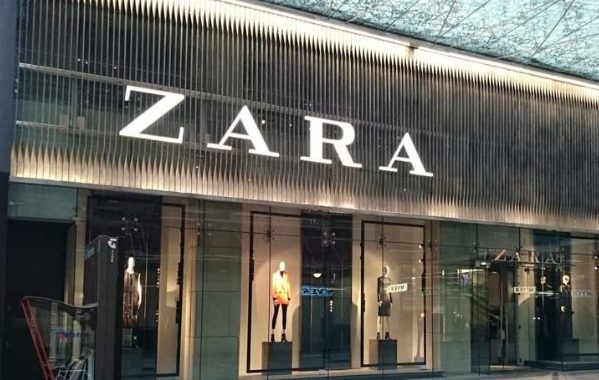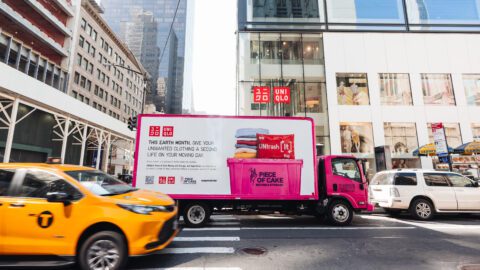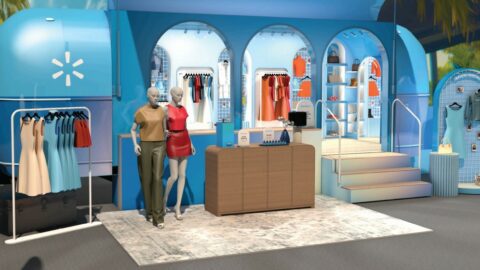Inditex, the Spanish multinational apparel company best known for its Zara fast fashion brand, has caught the eye of consumers, fellow retailers and industry thought leaders alike. In the first six months of 2016, the retailer experienced:
-
An 11% increase in same-store sales;
-
A total revenue jump of 16%; and
-
An 8% boost in net income.
But perhaps what is most intriguing about the retailer’s continued success is the uncertainty regarding exactly which channel is driving its revenue. A recent RetailWire article highlighted the point that Inditex does not differentiate sales registered online from those in its physical stores. So even though the e-Commerce site is gaining substantial credit for Zara’s positive financial status, no one can be sure about the effect each channel specifically contributes to the brand.
Zara appears to be vaulting forward without slowing down, but what making its story even more striking is that competitors such as H&M, Forever 21 and Uniqlo have had trouble keeping up. H&M has struggled, frequently blaming shrinking profits and sales on poor weather patterns. Pretax profit at H&M fell 9.1% in Q3, with inventory surging 24%, mostly due to unsold autumn wear.
Forever 21, a private company, has kept largely mum about its financial standing, but its exclusive shipping firm cancelled its contract with the brand in June. The shipping firm, EZ Worldwide Express, indicated in court documents that weekly sales at Forever 21 ranged from “$352,483 to a high of $428,764. These numbers are drastically lower than the same five-week period last year, where weekly sales ranged from $629,817 to $780,730.”
And Uniqlo has had difficulty with international sales, with parent company Fast Retailing downgrading its full-year profit outlook three times in a six-month stretch.
RetailWire BrainTrust Attributes Zara’s Success To Supply Chain
In a discussion following to the RetailWire article, analysts and executives shared their thoughts as to why Zara has managed to outpace its competition in the fast fashion space so rapidly, as well as what other apparel retailers can do to close the gap.
The following quotes were posted as part of the RetailWire discussion, titled: What’s behind Zara’s crazy sales gains?
Ken Morris, Principal at Boston Retail Partners, highlights the fast fashion brand’s supply chain. The company manufactures new clothing in smaller batches in its factories, primarily in Europe, that are closer to stores, rather than sourcing larger inventories of apparel from suppliers in Asia.
“Operationally, they have a nimble supply chain that can offer the latest fashion trends as fast as any other brand and with an efficient cost structure,” Morris wrote. “They get omnichannel and execute it well. Other retailers should learn from the Zara model and emulate the aspects that can help them compete more effectively with Zara and other brands.”
Tom Dougherty, President and CEO of global branding company Stealing Share, also praised the company’s supply chain efficiency for making its online site such a preferred choice for consumers — even over Amazon. Dougherty did add one caveat, however:
“Zara needs to be wary of discounting so much. You teach your audience to shop on price when you do that. When that happens, having the latest trends fails as a trigger. Consumers will just look for a better price. Keeping prices stable teaches audiences that Zara’s fashions have value.”
William Hogben, CEO of FutureProof Retail, noted that he saw parallels between the Zara business model and that of many successful software companies:
“The integrated supply chain mentioned here by others gives Zara a really fast iteration time on clothes, and that enables them to run small A/B tests of different clothing in their stores. Their employees even have handheld computers that prompt them to report consumer engagement with test clothes back to HQ, much the way usage analytics are used to refine software. They’re treating clothing sales as a science and using the experimental method — it will be the norm in 10 years but for now it’s enough to have a significant advantage.”
Beyond the company’s business model and innovations, Zara may have gotten a jump on the changing culture of the fashion industry, in which consumers now set the apparel trends at their own pace, according to Carol Spieckerman of consultancy Spieckerman Retail:
“The question is whether consumers feel as compelled as they once did to act upon trends — to identify and purchase ‘must-have’ items on a meaningful scale and on a regular/seasonal basis,” Spieckerman said. “The answer is, sometimes they do if the stars line up. A trend hits social media (coverage of a runway show, perhaps), lots of sharing and commenting, Zara clicks its fast-fashion supply chain into gear and the items hit Zara stores pronto at a crazy great price. Boom! Very different from when retailers dictated fashion, bought way ahead, stocked the shelves, advertised the latest and consumers bought in droves (or not, yikes). Zara is geared for the, let’s say ‘trend-challenged’ times!”













3 Ways Livestreaming is Shaking Up the Retail Marketing Playbook